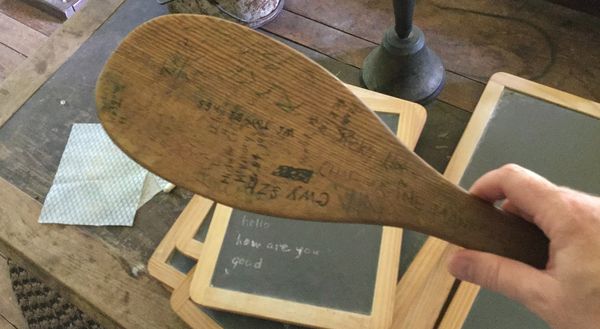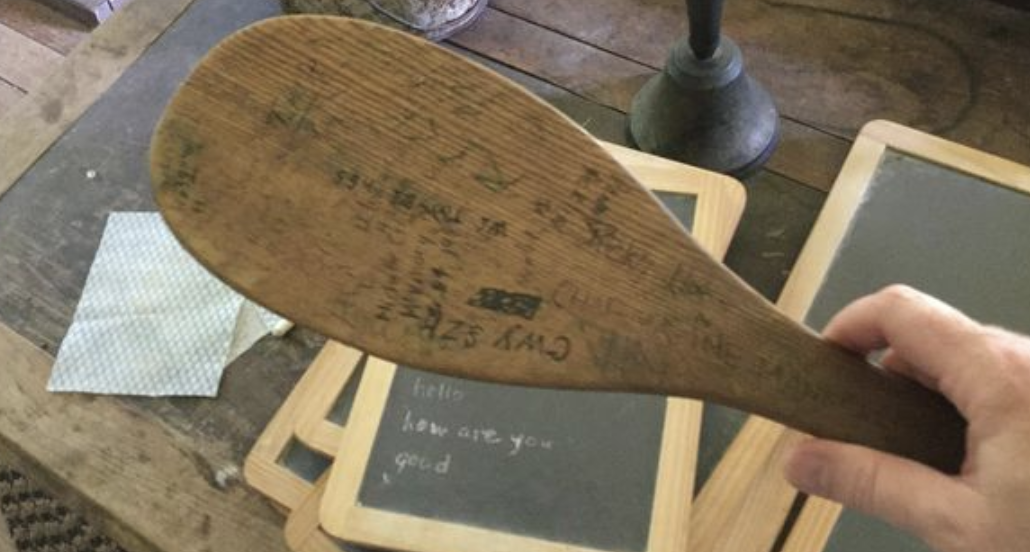The discussion surrounding disciplinary measures in Australian classrooms has gained momentum, with various stakeholders voicing their opinions on ‘old-school’ methods to address disruptive behavior among students.
A recent senate inquiry into classroom behaviors has recommended a return to traditional disciplinary approaches as an effective solution. These guidelines, now implemented nationwide, advocate for teaching students fundamental behaviors such as entering classrooms, sitting properly, and asking questions respectfully.
This article explores the importance of finding a balance between modern teaching techniques and traditional discipline, while fostering a supportive learning environment that encourages respect and responsibility among students.

Creating a Structured Learning Environment
One of the key recommendations is to arrange desks in rows facing the teacher, promoting a structured learning environment. Additionally, students are encouraged to practice ‘super walking,’ a method aimed at promoting orderly movement throughout the school premises. These measures are designed to instill discipline and foster a conducive learning atmosphere. By providing clear expectations and structure, students are better able to focus on their studies and engage in meaningful learning experiences.
The Impact of Classroom Conduct on Academic Success
Research conducted by the Australian Education Research Organisation (AERO) has found that teachers spend approximately 20% of their time addressing disruptive behavior in classrooms. Dr. Jenny Donavan, CEO of AERO, emphasizes the importance of explicitly teaching students appropriate behavior, highlighting the strong correlation between classroom conduct and academic success. By teaching students how to behave in the classroom, educators can create an environment that is conducive to learning, leading to improved academic outcomes.
Consistency and Collaboration: Key Factors for Success
Former teacher-turned-CEO, Dr. Donavan, stresses the significance of consistency in teaching and practicing these behaviors throughout a student’s educational journey.
These skills are not limited to a single classroom but are vital components of effective classroom management. However, the solution to addressing disruptive behavior is a complex one that requires a multidimensional approach.
Former principal Adam Voigt acknowledges the importance of consistency across schools and cautions against relying solely on punitive measures. He advocates for a balanced approach that incorporates both modern teaching methods and traditional discipline.
In this way, educators can cater to the diverse needs of students while maintaining a disciplined learning environment.
Collaboration and Open Dialogue
While the debate on disciplinary measures continues, there is no one-size-fits-all solution. It is crucial to find a balance that takes into account the unique challenges and characteristics of each classroom.
Educators, parents, and policymakers must work collaboratively, engaging in open dialogue, to shape the future of education in Australia. By combining the best practices from both modern teaching techniques and traditional discipline, we can create an environment that fosters academic success, respect, and responsibility among students.




